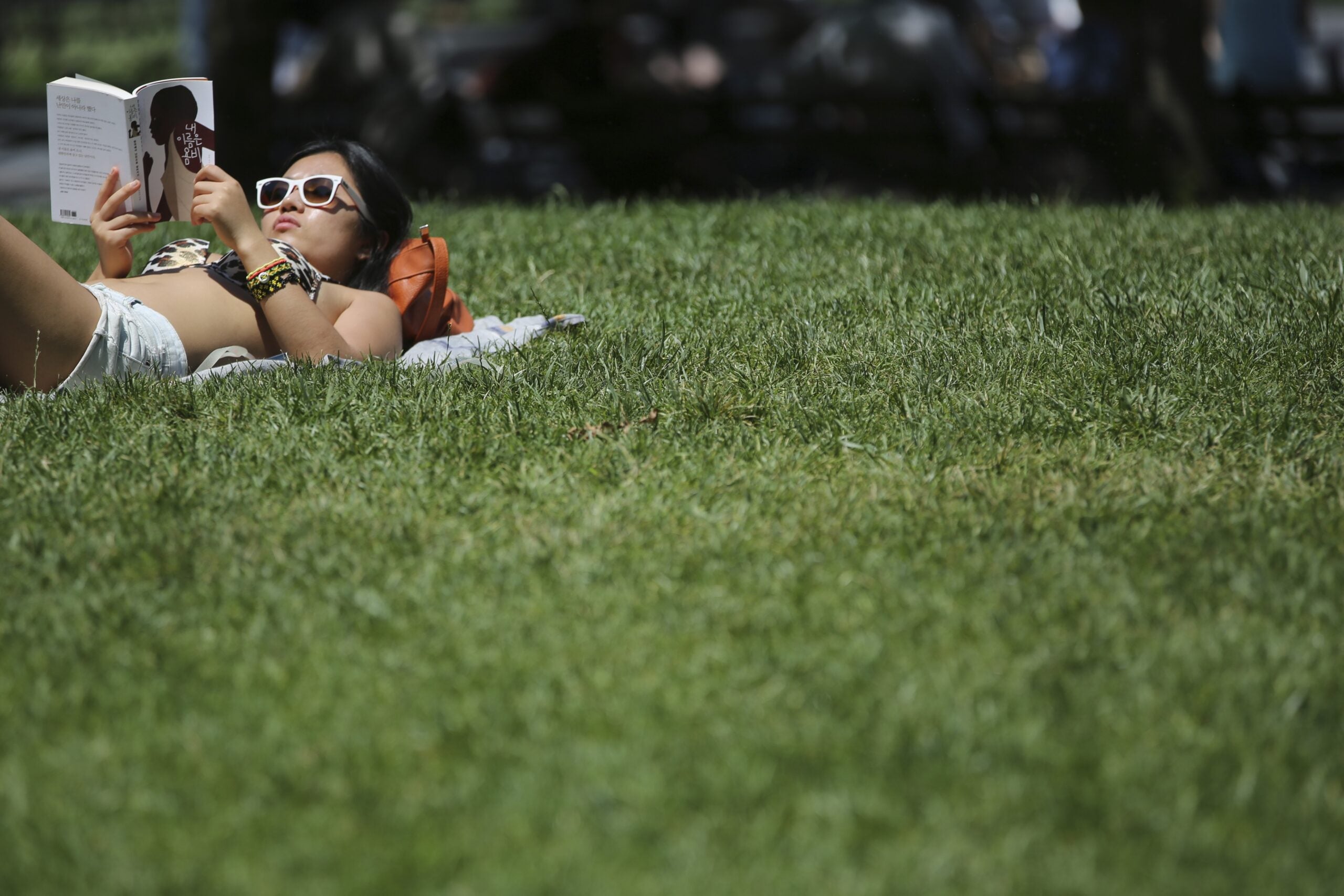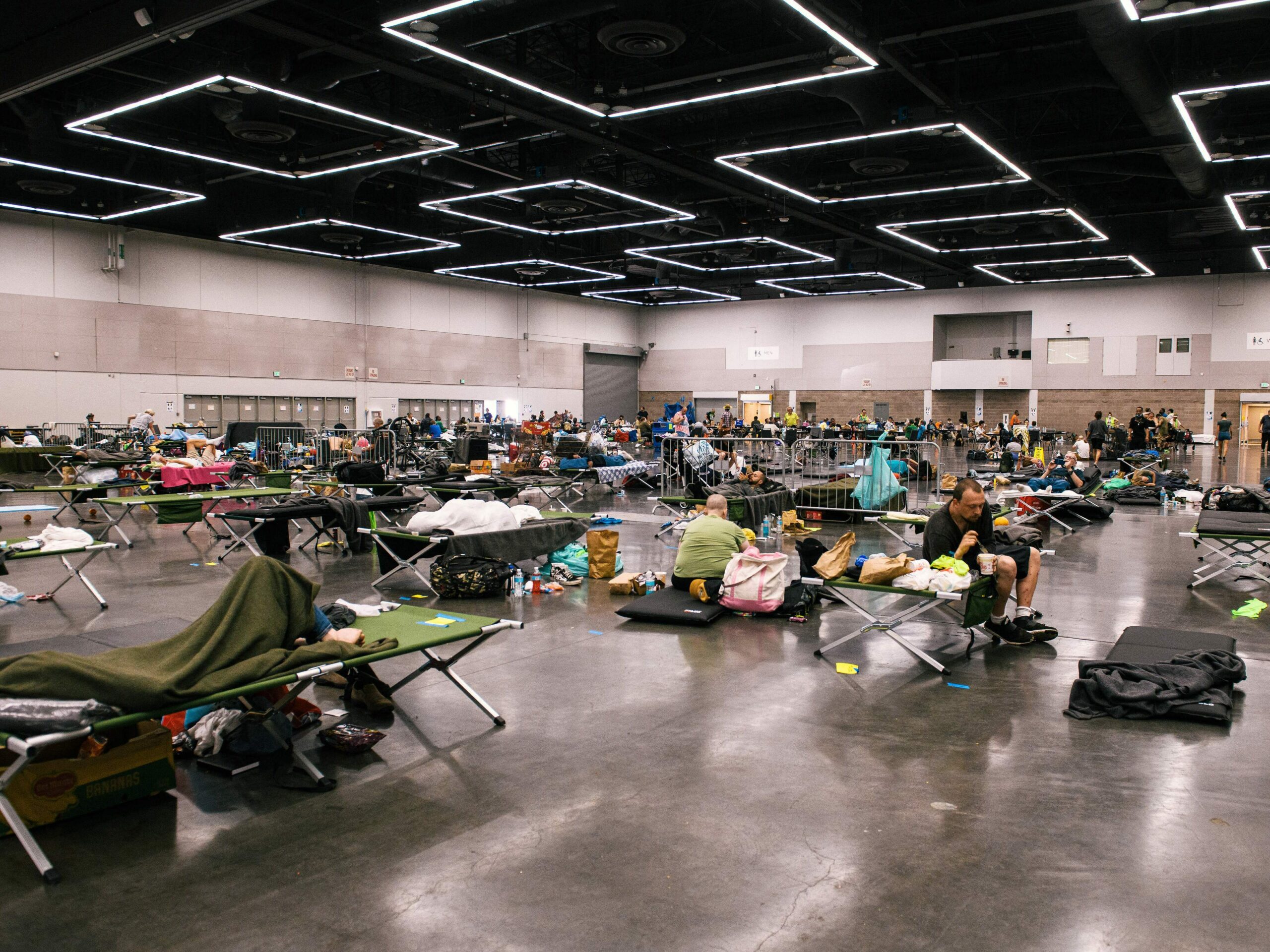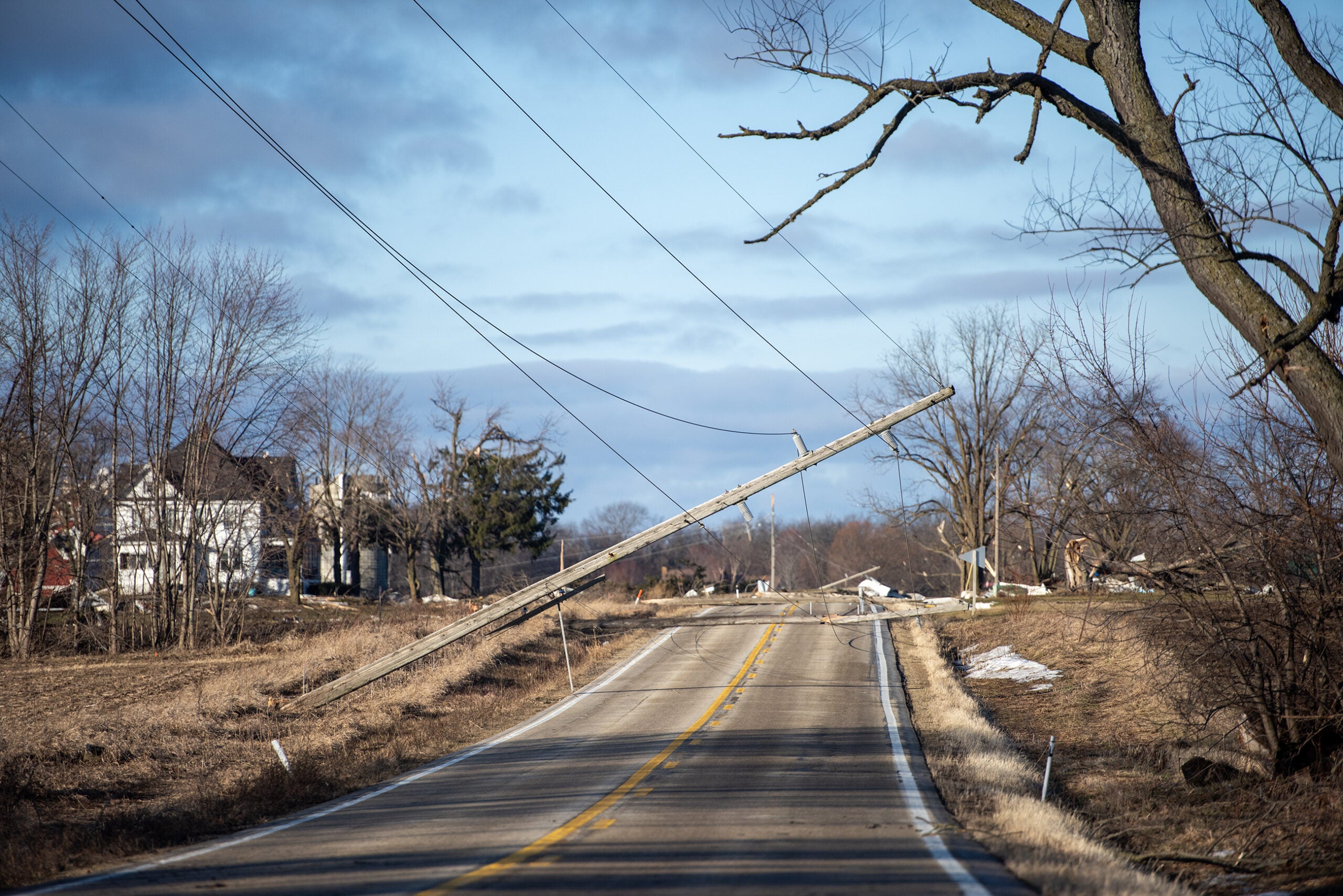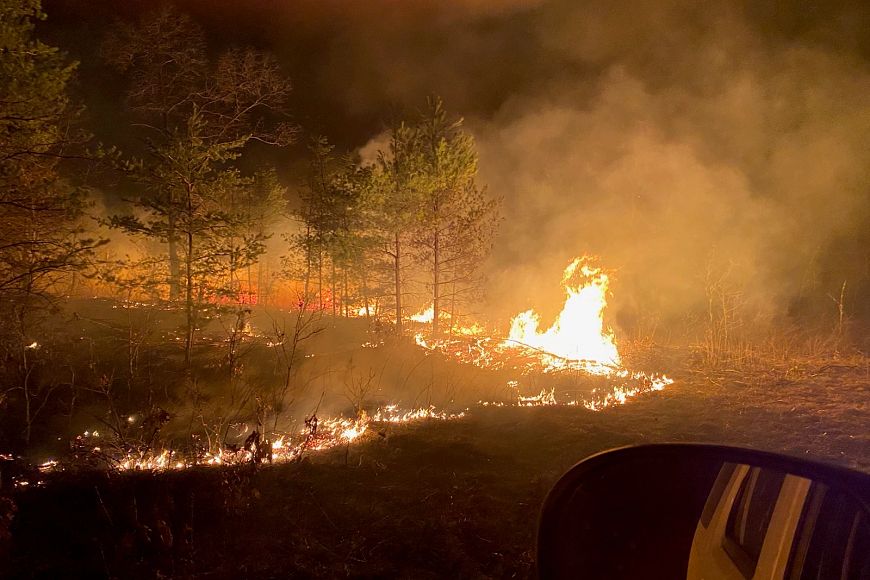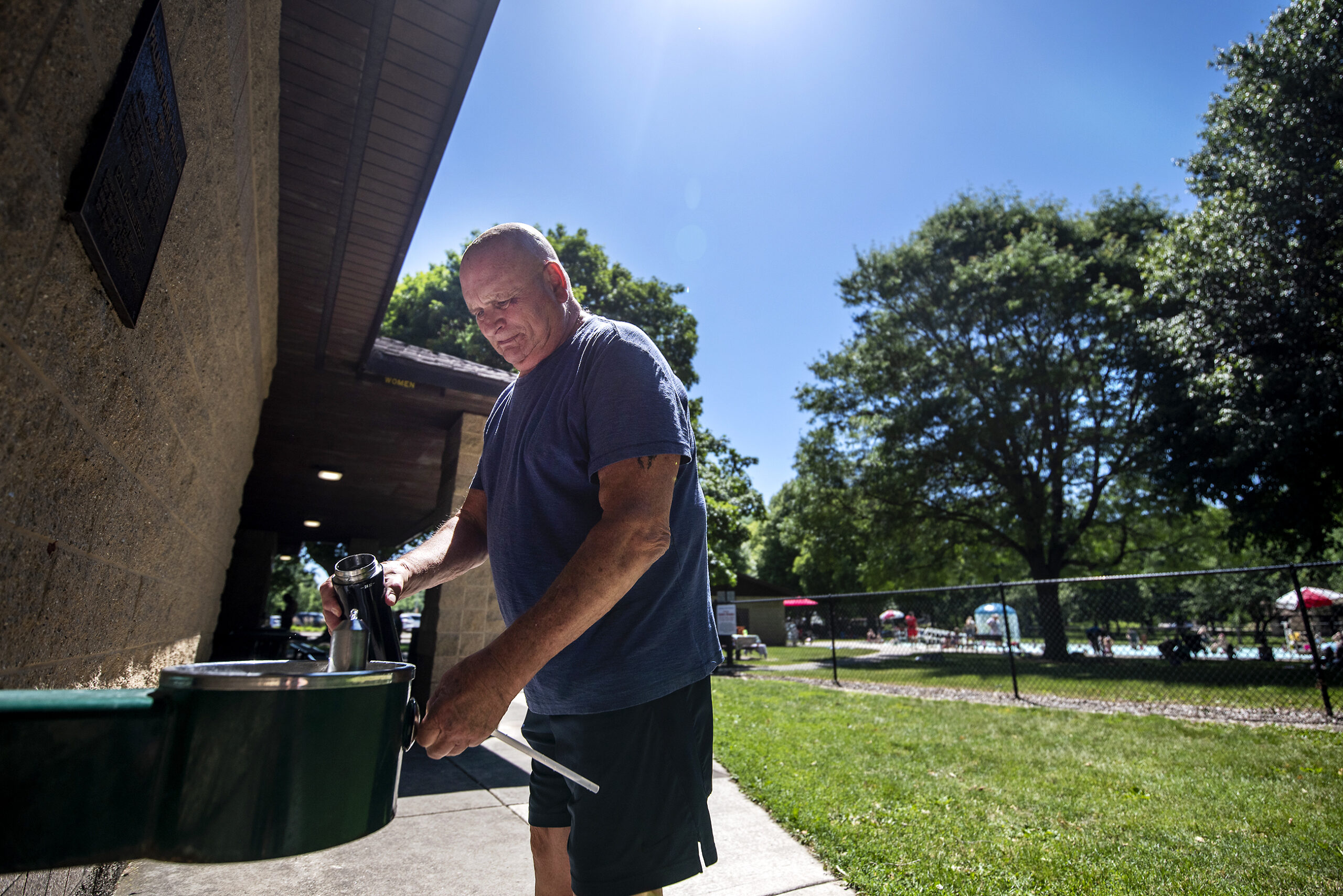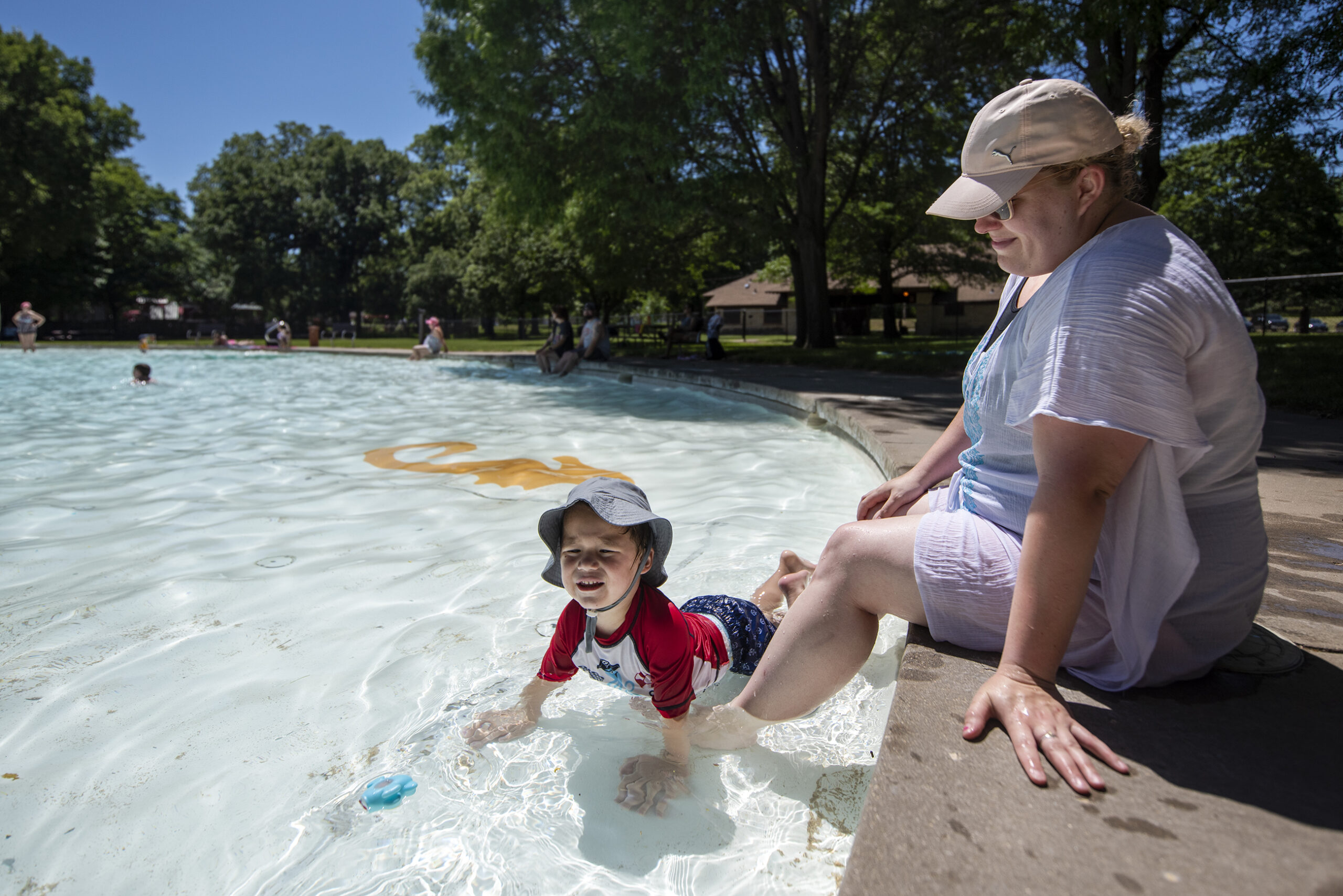The National Weather Service is forecasting a hot and humid Fourth of July holiday weekend across much of Wisconsin, with meteorologists urging people celebrating to limit time outdoors.
Meteorologist Ben Miller with the NWS Milwaukee office said temperatures are expected to remain in the upper 80s and lower 90s through the weekend.
“And you add a decent amount of humidity in there and now you’re talking max heat indexes in the mid to upper 90s at times,” Miller said.
Stay informed on the latest news
Sign up for WPR’s email newsletter.
In order to trigger a heat advisory, Miller said heat indexes need to be 100 degrees or higher. Still, he said those celebrating Independence Day should limit time outside between late morning and the middle of the afternoon.
“If you have to be outside, you take breaks, you wear light colored, loose fitting clothing,” said Miller. “You drink plenty of nonalcoholic, non-caffeinated beverages, things like that.”
Nicole Batzek, a meteorologist at the NWS La Crosse office, said they’re watching trends to see if temperature forecasts inch upwards toward “advisory criteria.”
“But then going into this holiday weekend it brings a little bit of concern, especially with increased outdoor activity,” said Batzek.
She encourages residents to avoid prolonged exposure to the heat and check on elderly family and friends and keep pets in a cool environment.
Typically, during extended heatwaves, cities open cooling centers to provide residents without air conditioning respite from the heat. But amid the COVID-19 pandemic, the Centers for Disease Control and Prevention and Wisconsin Department of Health Services have issued new guidelines to local governments to prevent visitors from getting sick.
Those include moving cooling center locations to larger buildings that can accommodate social distancing recommendations, implementing verbal screening or temperature checks for visitors, volunteers, staff and anyone else entering, along with maintaining sign-in sheets to help with contract tracing.
Wisconsin Public Radio, © Copyright 2024, Board of Regents of the University of Wisconsin System and Wisconsin Educational Communications Board.

